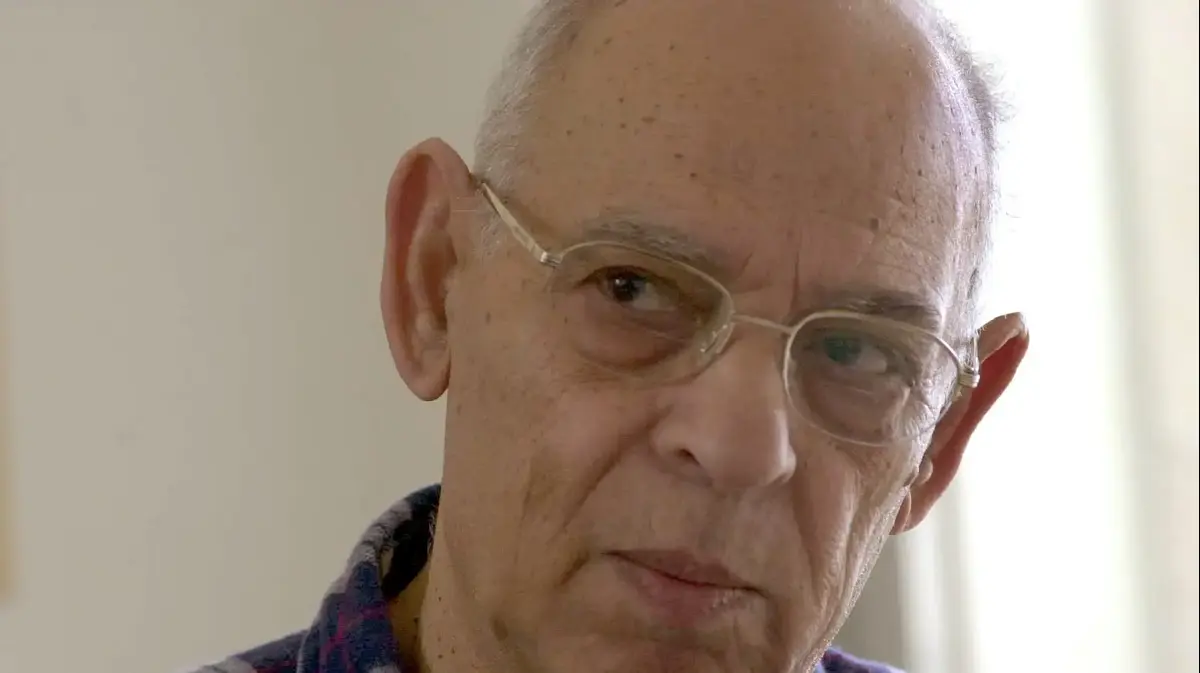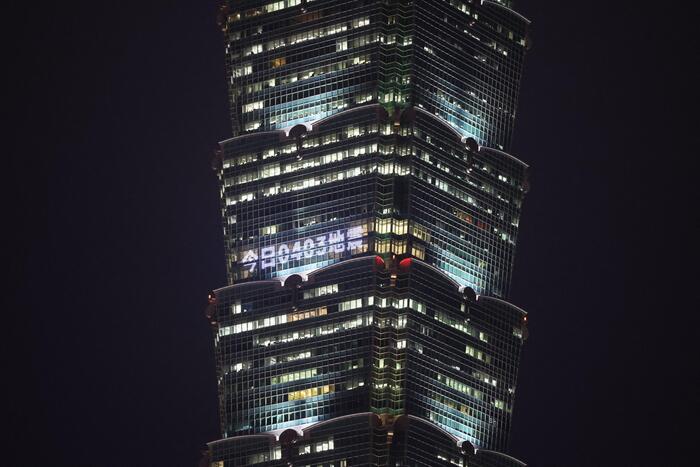American Michael Sorkin (Washington, 1948), who died at the age of 72 this week from a disease associated with the coronavirus (Covid-19) –as confirmed by his widow, Joan Copjec–, was a separate figure on the world architectural scene . An architect who was barely building, a ruthless critic with power structures and a down-to-earth man who lived for decades in a two-bedroom apartment in Greenwich Village, New York, the city that he walked incessantly and whose urban transformations followed , step by step, throughout his life.
For this reason, despite the fact that he is listed as an architect in all obituaries, making an anthology of his most famous buildings is an almost impossible and, possibly, unnecessary task. Sorkin, born in Washington, graduated from the University of Chicago and master in Architecture from MIT in the early seventies, was, above all, an intellectual capable of raising the theoretical level of architectural discussion from his university position - he directed the program of urban design at City College of New York (CCNY) -, from his writings - he published 11 books and participated in another 22 - and from his frequent public demonstrations.
All his work is linked by a common thread that is very relevant today and, with the distance given by time, almost visionary. Sorkin argued that architecture, beyond a financial machine and a mode of artistic expression, could also be a tool for social change. Equality, social justice, change of life and resistance to the inertia of the capitalist steamroller were her workhorses . And that, in a city like New York, dominated by the constructive fury of the eighties and nineties, by the reign of the starchitects and by the desire for representation - or ostentation, without more ado - was an almost heroic position.
The sharp critic who stood up to the powerful
This led him to confront openly and belligerently with some gurus of the time. He was implacable, for example, with Philip Johnson, the architect of the glass house and of many other emblematic buildings of the second half of the 20th century. From his articles on architecture - he was, for example, a regular contributor to The Village Voice - Sorkin defined Johnson's AT&T as a "bolted" and "eared" version of the Seagram building.
His assessment of the figure of Johnson is anthological. "A clarifying emblem of all that is provocative in architectural culture, from his long-standing love for the Nazis and his indescribable anti-Semitism to his way of understanding architecture as a private club, his naturalness as a wealthy child in the face of privilege, his meaning of the promiscuously banal style and its upper-class superficiality. "
"The least was if he agreed with Michael Sorkin. He was a great activist critic, without fear of confronting authority figures," the Chicago Tribune critic Blair Kamin said on the occasion of his death. , what he wrote about the Trump SoHo building and his willingness to alter the New York skyline . "Like most Trump projects, the architecture the Handel Architects studio has come up with is merely innocuous, another glass box. In any case, due to its size, it whimsically alters the entire neighborhood and permanently ruins the profile of the area. I see it every morning when I walk to work, and this new tower already hurts the sky in a horrible way. From the urban point of view, it is vandalism ".
The habitat architect who hated skyscrapers
Enemy of meaningless skyscrapers, architectural waste as a status symbol and obsession with the size of the promoters of Manhattan, the projects he signed since the nineties through his own studio point to questions that are essential for any architect today . For Sorkin, sustainability, ecology and the mechanisms that favor citizen participation in the construction of their habitat were as important as the appearance of the building. As obituaries in the most influential publications in the world today recall, Sorkin did not conceive of the building as something isolated and autonomous, but always as part of a broader context, integrated into the city, as his words on the "little empathic" stated Trump tower.
His own projects, especially those that he developed in China in collaboration with the branch of his studio in the Asian country, reveal a peculiarity: there, in a growing country, with economic potential and enormous technological capacity, Sorkin could have a canvas in white for your urban projects.
His plan to urbanize the Anxin archipelago, on the banks of the huge Baiyang Lake, illustrates this perfectly. It was one of the last projects he signed. A river city to re-naturalize an area punished by industrial overexploitation and whose natural resources are at risk of disappearing. An "amphibious city" based on the sustainable use of water, inspired by both the canals of Venice and the architecture of Bangkok, with gardens designed according to the four seasons, a larger area dedicated to water and a filigree of trails and pedestrian routes .
A bet for the future for a world in transformation in which his ideas of always became increasingly relevant. It matters little that he barely managed to build any of his projects: his footprint is now perceived by several generations of critical architects who know that urban planning can be a tool for social transformation.





/cloudfront-eu-central-1.images.arcpublishing.com/prisa/AHJ62TE64BG7PM33WYWZW45VXE.jpg)


